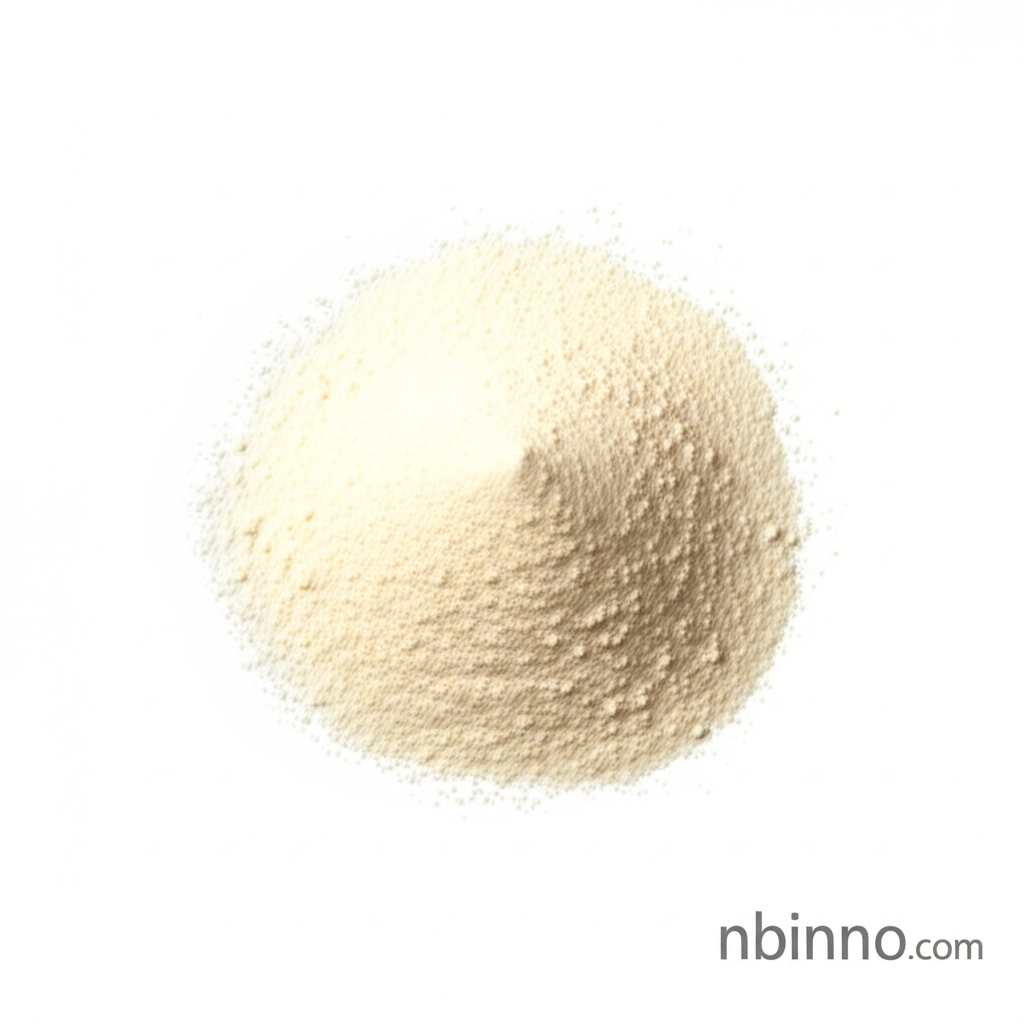Fmoc-3-L-Ala(2-thienyl)-OH: Advanced Peptide Synthesis Reagent
Unlock the potential of advanced peptide synthesis with our high-purity Fmoc-protected amino acid.
Get a Quote & SampleProduct Core Value

Fmoc-3-L-Ala(2-thienyl)-OH
Fmoc-3-L-Ala(2-thienyl)-OH is a crucial building block in modern peptide chemistry, offering unique advantages for researchers and manufacturers. Its characteristic Fmoc protecting group ensures efficient handling during solid-phase peptide synthesis, while the thiophene moiety in its side chain enables the creation of peptides with novel structural and functional properties. This compound is instrumental in drug discovery, particularly for developing therapeutics in oncology and neurology, by allowing the incorporation of heterocyclic elements that can modulate biological activity and selectivity.
- Facilitate custom peptide synthesis by utilizing high-quality Fmoc-protected amino acid derivatives.
- Enhance peptide therapeutic potential with the unique thiophene side chain, a key feature for drug development.
- Achieve high purity in peptide structures through reliable solid-phase peptide synthesis methods using this versatile building block.
- Explore novel drug discovery avenues by incorporating heterocyclic compounds into peptide sequences for improved efficacy.
Key Advantages
Purity and Stability
Leverage the guaranteed purity of Fmoc-3-L-Ala(2-thienyl)-OH for consistent and reproducible results in your peptide synthesis projects.
Structural Versatility
The incorporation of the thiophene ring offers unique opportunities for structural modifications, vital for drug discovery building blocks and novel peptide design.
Efficient Synthesis
Benefit from the Fmoc protection strategy, which simplifies and optimizes the process of custom peptide manufacturing.
Key Applications
Peptide Synthesis
As a premium Fmoc-protected amino acid, it is essential for synthesizing complex peptide sequences, supporting advancements in peptide synthesis reagents.
Drug Development
Its unique structural features make it valuable in designing novel therapeutics, contributing significantly to drug discovery building blocks in areas like oncology and neurology.
Biotechnology Research
Researchers utilize this compound to explore protein interactions and modifications, aiding in protein engineering and bioconjugation techniques.
Chemical Synthesis
Serves as a versatile intermediate in organic synthesis for creating complex biomolecules and specialized chemical entities.
